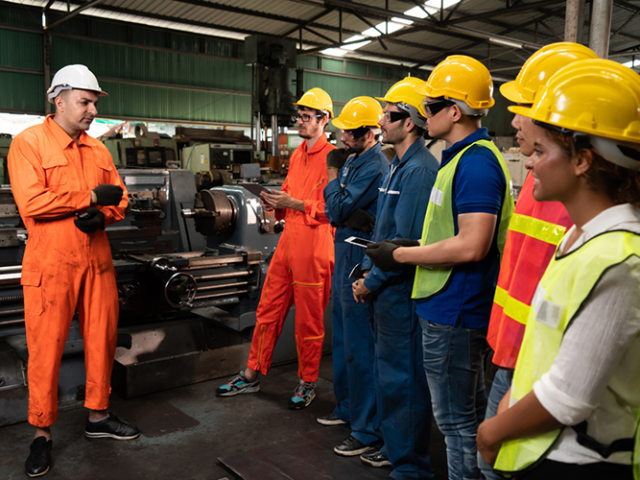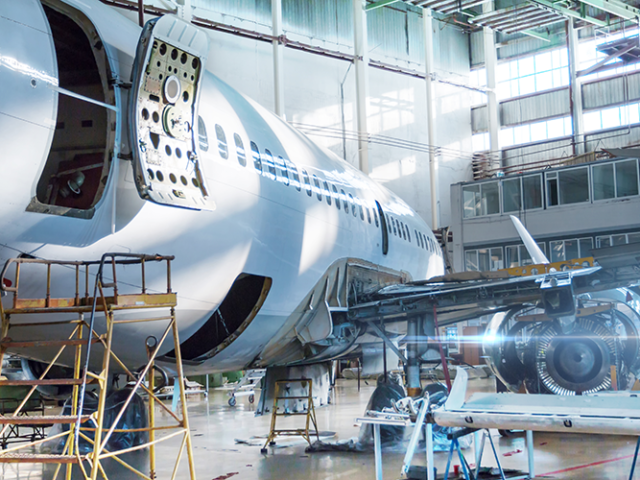– Originally written by Yasir Alvi –
Engineering in our contemporary world creates new technologies to solve world problems.
It involves researching a pressing need or problem, creating a new prototype to explore probable solutions, estimating costs, timescale, skills, and potential resource requirements, therefore, developing a new long-lasting solution.
The role of technology in engineering cannot be over-emphasised because it has reshaped how engineers design and develop equipment. Technological discoveries, as well as scientific discoveries, have a significant impact on people.
It has also become an inseparable part of engineering, bringing about a massive change in the world as a whole.
With the aid of AI, machine learning, and other technologies, the number of sensors and digital systems collecting data on aircraft, railways, cars, locomotives, and automobiles has rapidly expanded, and more customised equipment and intelligent interfaces are in high demand.
1. Real-time innovation
The invention of transportation equipment required a trial-and-error process and multiple prototypes in the sense that a model of a car could be placed in the market for seven years after it had undergone development for four years.
Technology has drastically increased the pace of invention, adopting a short-term production method, therefore, changing the playing field for engineers.
Digitisation causes alteration in the culture of collating excess real-time data on the performance of the equipment, improving and expanding the capacities of equipment that are already in service, hence incrementally upgrading software downloads and incorporation of new sensors.
Transportation manufacturers can rapidly operate like Apple or Microsoft, sending software updates in order to improve performance or security. The flexibility and the regular updates the digital systems provide can transform the original equipment offered by the manufacturers to the customers and what engineers can develop or build.
2. The realities of budgets
Outsourcing, a means of cutting costs, is used to acquire new skills in areas like AI or to reassign legacy work so in-house engineers can focus on new technologies.
The biggest challenge encountered by transportation companies is recruiting candidates with the right mix of engineering skills. The growing technical sophistication of transportation equipment requires in-depth knowledge and deep expertise in narrow scientific fields such as artificial intelligence but their complexity also needs system engineers and architects. These specialists are probably the hardest among engineers to find, and have mastered several engineering disciplines, and can address a product holistically, understanding how different systems interact and complement each other.
Moreover, human resources departments need to recruit more engineers, although information technology tools and artificial intelligence systems are reasoned to take over specific engineering assignments, primarily simple design tasks. It’s predicted and estimated that robots will eventually take over as much as 25% of the work of engineers.
3. Customer-centric product design
Engineering companies have liaised with their customers by collaborating intensively to get feedback on customised products and understand what they want next. They are integral parts of the testing process for new technologies.
Before, train operators gave feedback on new trains already in the production phase, but manufacturers now provide virtual simulators to let drivers try out different designs before the production commenced.
In automobiles, driving patterns that cause higher emissions and adjust the exhaust systems’ control algorithms for individual drivers could be easily identified by automakers by only monitoring the drivers’ habits digitally.
4. Implementing fully agile development
Engineers, who had undergone a steady sequence of steps such as concept and implementation, were forced to abandon a system or software after several attempts, thereby wasting their time, energy, and resources.
Presently, software uses agile processes in which teams quickly reiterate, test, and gather feedback on a specific product.
Companies swiftly turn to agile methods with a faster result as the digital content of engineered products grows.
Conclusively, technology has played a great role in shaping engineering activities. Its incorporation with engineering has made our world a better place to be.




